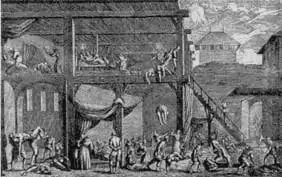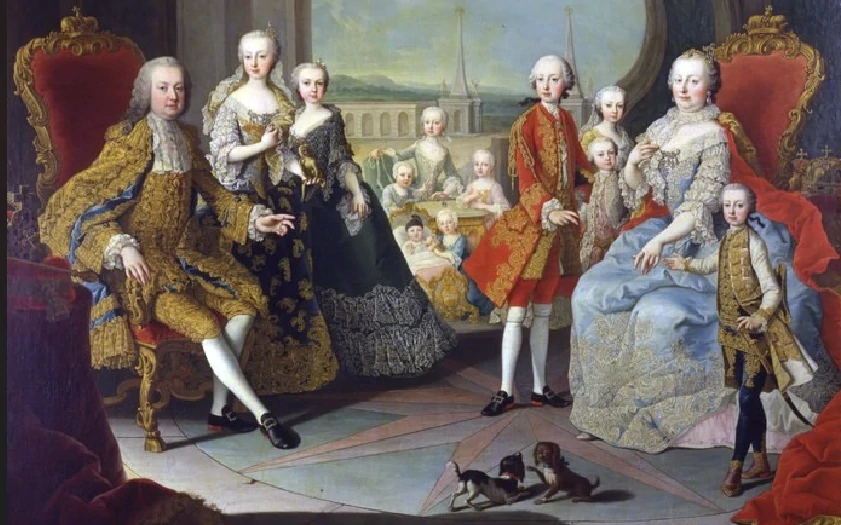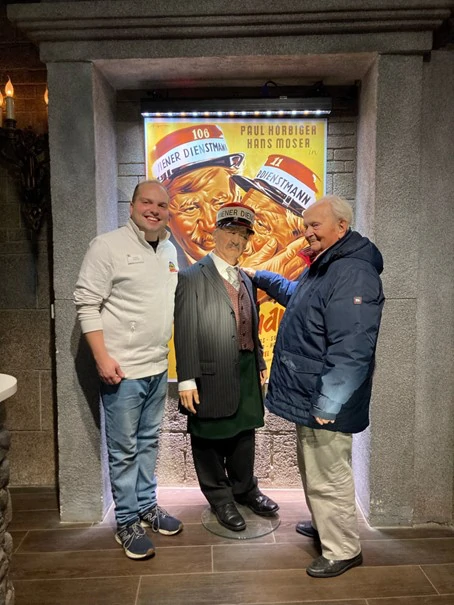The term “plague” was originally used to describe any disease that was epidemic and deadly in character. Therefore, it is very difficult, in early years, to distinguish between smallpox, spotted typhus, and pneumonic, cutaneous, or bubonic plague. Already the Roman emperor Marc Aurel is said to have died in Vienna from the Pest.
The most devastating plague epidemic is the one between 1348 and 1350. Some 25 million people, or about a quarter of Europe’s population at the time, met their deaths. It is estimated that Vienna also lost two-thirds of its population. Order collapsed and the survivors became “outlaws.” Corpses were placed on the streets at night to avoid being locked in the house with them.
The years before the outbreak were marked by severe disasters . Giant moths and spiders, worms, beetles and mice spread rapidly, swarms of migratory locusts ate up the fields. Earthquakes shook the country and crop failures and famines weakened the population. Celestial phenomena, such as a comet of terrifying blackness, did their part to substantiate the wrath of God as the trigger of this disease.
The disease spread very quickly and this was probably due to the catastrophic sanitary conditions of the time, in addition to large pilgrimage movements. A “privet” is not known for Vienna until 1345. Often the residents of two houses had a common privy. The evacuation was the responsibility of the homeowners. At best, the fecal matter was discharged into the creeks serving as cesspools in the Tiefen Graben and Rotenturmstraße, which eventually emptied into the next branch of the Danube.
The stench must have been unbearable. Many complaints about unacceptable odor nuisances have survived in the archives. This “polluted” air was also suspected of being the cause of the epidemic, and fumigations were ordered and sick people were placed as high as possible from the stinking ground.
At the time of the great plague of 1349 there were feces and garbage in front of the houses, in which numerous pigs were rooting. Throughout the Middle Ages, there were still farmsteads and stables in the town. Livestock was kept and the animals roamed the streets. The alleys were only cleaned during special festivities, such as the entry of a prince. The first invoice for street paving dates back to 1358. Often the wells were contaminated by seepage. Whoever left the house put on wooden overshoes, so-called “Trippen”.
The plague plagued the city of Vienna again and again at intervals of a few years. The next outbreaks followed in 1360, 1381, 1399, 1404, 1410, 1428, and so on. Given this frequency and the high infant mortality rate, it is understandable that life expectancy was only 24 years….or until the next epidemic…
Time Travel Tip: Visit Time Travel and experience the last great plague epidemic in 1679.



